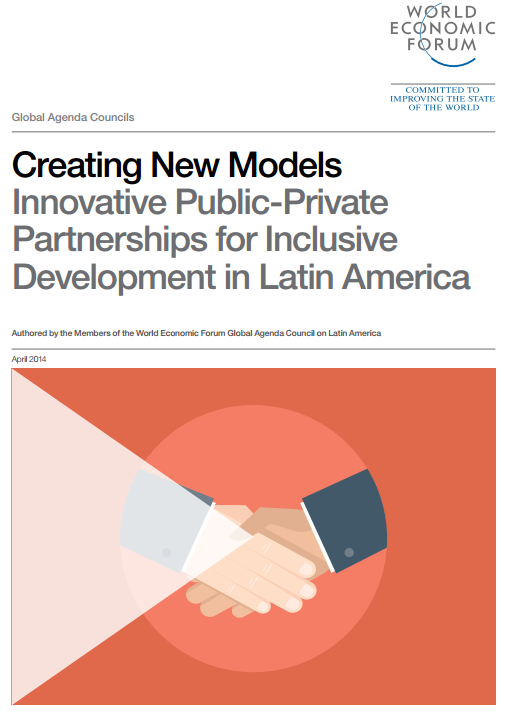Publications
Filter by
566 results found
This report outlines an approach to country platforms to help channel technical assistance and public and private finance to emerging and developing countries in order to support the achievement of net zero targets.


The objective of the Diagnostic is to provide strategic, customized advice to client countries so they can make informed decisions in determining an operational plan for their PPP program, the choice of public investment vis-à-vis PPP, and type of PPP.



The Global Agenda Council on Latin America have illustrated, through a series of brief case studies, the creativity and commitment displayed throughout the region in the design and execution of innovative public-private partnerships.


This publication gives an overview of ADB's Philippine Infrastructure for Rural Productivity Enhancement Sector Project the paper argues this has improved access to infrastructure, potable water supply, and communal irrigation for the rural poor.

Infrastructure Australia states that "A transformational change is needed in how we plan and deliver infrastructure in Australia. This change must focus on delivering better outcomes for the community and for business through a more productive, innovative and sustainable infrastructure sector." This roadmap presents reforms to change the way projects are procured and delivered, which will have long-term consequences for the services received by infrastructure service users and the community.

Adopting a business history approach, this paper explores the role and evolution of Vietnam Expressway Corporation (VEC) as a state-owned enterprise (SOE) delivery model for five highway projects in Vietnam's first phase of network development between 2004 and 2016.

This study examines all aspects of the digitalisation of infrastructure for a sustainable future

This paper investigates the interaction between corruption and governance at the sector level.


The interest generated by the role of PPP in the implementation of the Sustainable Development Goals (SDGs) is considerable.


This paper focuses on how to improve services by laying out the rationale and steps for cities to achieve bus sector reforms, with case studies, examples and illustrations.

The Early Assessment and Sifting Tool is a decision support tool developed to evaluate and appraise options for infrastructure development.

Procuring agencies will assess the early contractor involvement (ECI) procurement model as part of the procurement options analysis on complex major infrastructure projects, where there is significant unknown scope, risks or interfaces, or a need for accelerated delivery timeframes.

A set of practice note encourages a staged assessment of the potential benefits from delivery of an early works packaging strategy to be undertaken early in the planning phase on all major infrastructure construction projects.

This report describes the role of economic analysis and the impacts of climate change on economic analysis of infrastructure projects in the context of Asia and the Pacific.

The purpose of this brief note is to set out a checklist of issues which need to be considered when assessing the likely economic impact of regulatory reform.


Oxford Economics, in cooperation with the Organization of American States (OAS), has published a report on the TIR System as an example of a best practice for facilitating intermodal transport in Latin American Countries.


This brief outlines whyaddressing inefficiencies must be a priority across the entire system of interconnected roads, railroads, ports, and airports, in any given area.

This paper is a collaboration between the World Bank’s Transport Global Practice, the World Bank’s Energy Sector Management Assistance Program (ESMAP) and the International Association of Public Transport (UITP) to assemble evidence, viewpoints, and analysis on eMobility programs.

The objective of the report and the accompanying index is not simply to rank countries, but to use score movements as a benchmark from which to investigate trends, identify successful PPP performers, and focus on the approaches that can facilitate a better understanding of common challenges and best-practice standards.




